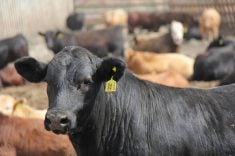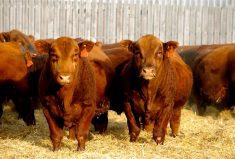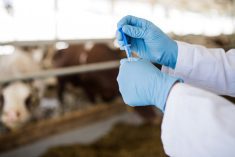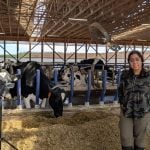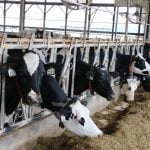Two recent events jumped agriculture’s role in the antimicrobial resistance merry-go-round into high gear.
First was the Food and Drug Administration’s (FDA) Final Guidance 213 (December 2013) that established a three-year time frame to end the use of medically important antibiotics as growth promotants. There were also new rules on veterinary oversight related to antibiotic use in feed and water.
According to the FDA, the use of medically important antimicrobial drugs for production purposes is not justified. Indications like “increased rate of gain” or “improved feed efficiency” will no longer be supported in the approval process when claims involve medically important drugs.
Read Also
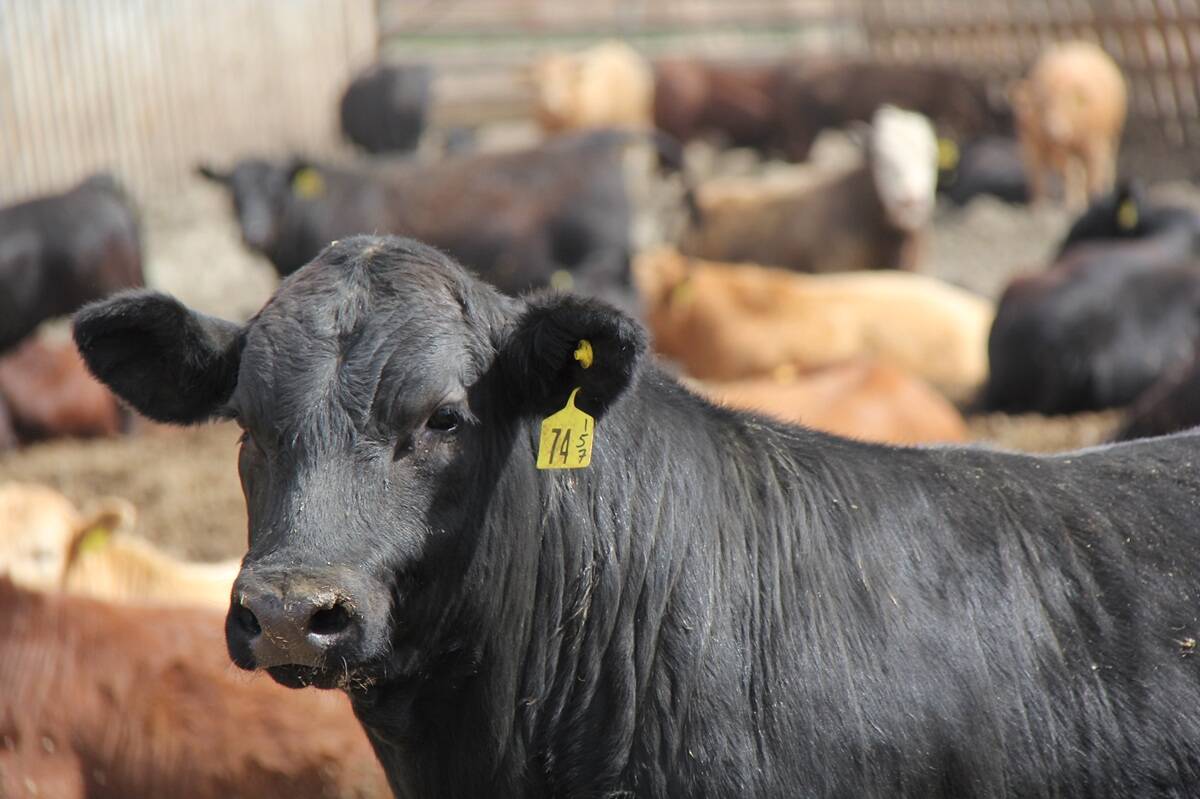
Mycoplasma bovis in beef cattle causes more than pneumonia
M. bovis causes pneumonia and is a major cause of infectious arthritis in calves and feeder cattle
Final Guidance 213 clearly outlines parameters for veterinary oversight in the use of antimicrobial new animal drugs.
Carefully worded statements by the National Cattlemen’s Beef Association (NCBA) and the American Meat Institute (AMI) do nothing to allay public confusion about how very complex this issue is, how it will impact the livestock industry’s approach to disease control, and ultimately the position these organizations might impose on trading partners — particularly Canada — who may or may not be in synch with what is happening. To fill the void, research must address therapeutic options and allow everyone to understand how resistance is developed and transmitted among animals, humans and other living organisms.
Organizations like the Pew Charitable Trust continue to harangue agriculture by maintaining that over 70 per cent of medically important antibiotics sold in the U.S. are for food animals, and that most are used in feed and water without supervision of a veterinarian.
Also in the background is a recent study in Denmark about the transmissibility of methicillin-resistant staphylococcus (MRSA) between animals and people. It was supposedly to end the argument about whether giving antibiotics to livestock endangers human life. U.S. scientists sharply criticized the study’s results, claiming the trial is seriously flawed.
The impact of FDA’s intent to enforce judicial use of antibiotics, as they define it, will put a great deal of pressure on Canada to comply. Future availability of commonly used antimicrobials may disappear as pharmaceutical companies withhold investment to provide additional data on safety and efficacy, especially in the case of older products. Pressure will increase on Canadian authorities to review and enforce loopholes in regulations that presently allow own-use importation of drugs and the unacceptable practice of importing raw antimicrobials as chemicals that are ultimately used by producers.
A key component of FDA’s plan is to require producers to source only drugs available through prescription from a licensed veterinarian instead of products previously sold over the counter — something producers on both sides of the border find intrusive and unnecessary.
The use of antimicrobials for preventing disease will also come under scrutiny. For example, a U.S. veterinarian today may determine that weaned beef calves arriving at a feedlot after a lengthy ride in bad weather are at risk to develop bacterial respiratory infection and choose to treat them with an antimicrobial approved for disease prevention. The FDA, under this final guidance, would not consider this practice “judicious use” if the drugs are administered to apparently healthy animals in the absence of information about the risk of a specific disease. The concept puts a new twist on the wide-scale use of broad-spectrum antimicrobials to prevent respiratory disease, both here and in the U.S.
More from the Canadian Cattlemen website: Avoid allergic reactions
The second significant event in the antimicrobial resistance scrum was a white paper titled “Bridging the Gap between Animal Health and Human Health” published by the National Institute for Animal Agriculture (NIAA) following its Kansas City symposium last November.
Points made by antibiotic use and resistance experts included:
- The science behind the emergence transfer of antibiotic resistance is highly complex and open to interpretation.
- The complex relationship between animal health, human health and environmental health is driven by two premises:
1. Antimicrobial resistance occurs naturally with or without the use of antimicrobials;
2. Any time an antibiotic enters the environment, a potential of it contributing to resistance exists.
- Significant efforts are being led by the public health community to reduce inappropriate antibiotic use and reduce hospital-acquired infections; agriculture needs to change as well.
- Food animal production should enforce current regulations and address any antibiotic misuse or be prepared for an unfavourable outcome.
- Antibiotic resistance can be transferred from animals to humans and from humans to animals.
- Antimicrobial resistance is not isolated to food-production animals and humans, but affects companion animals as well.
- Antibiotic resistance is an international issue requiring a global One Health approach.
- Evaluating antimicrobial resistance involves balancing risks while recognizing the importance of maintaining an efficacious arsenal of human antibiotics.
- New tools that address food animal infectious diseases must be developed, whether in the field of prevention or new molecules for therapeutics.
- Although foodborne illnesses are down 29 per cent in the last decade, media hits on foodborne illness have increased 150 per cent during the same time frame.
- No antibiotic is guaranteed to kill 100 per cent of the pathogens causing an illness.
- The great majority of antibiotic classes used in human and animal health has very little overlap.
- Research studies and results are often viewed and interpreted differently by individuals and often influenced by values and beliefs.
- Change will happen. Animal agriculture must be at the table or change will be drastic and by statute and will not be deliberative.
Dr. Guy Loneragan, professor food safety and public health, Texas Tech University summed it up the best, “ If you think you understand antimicrobial resistance, it hasn’t been explained properly to you.” c
Dr. Ron Clarke prepares this column on behalf of the Western Canadian Association of Bovine Practitioners. Suggestions for future articles can be sent to Canadian Cattlemen ([email protected]) or WCABP ([email protected]).



